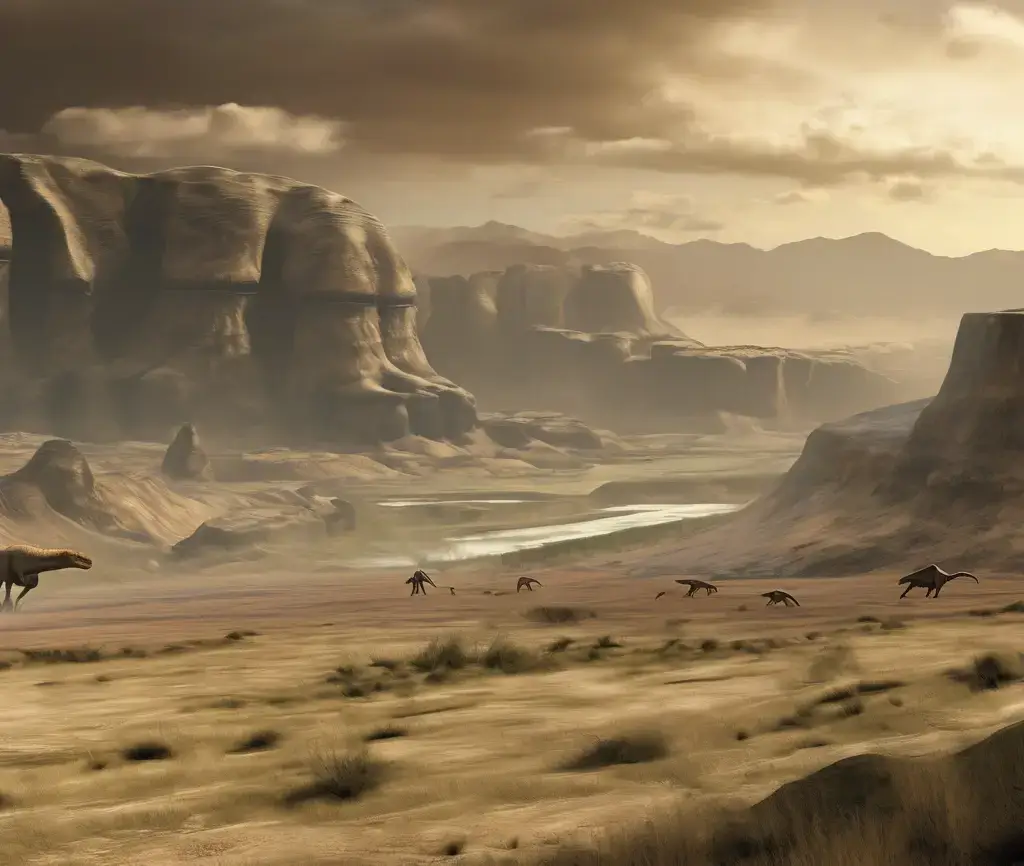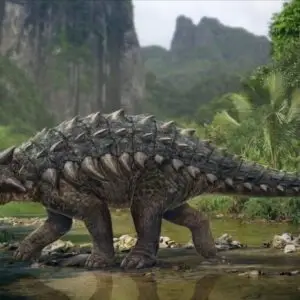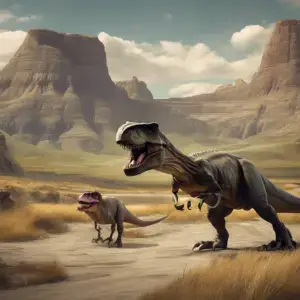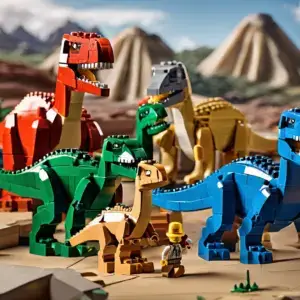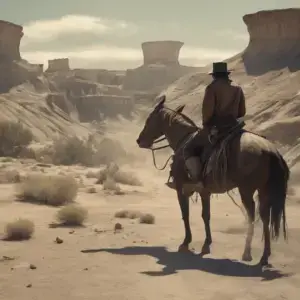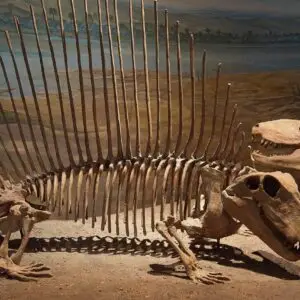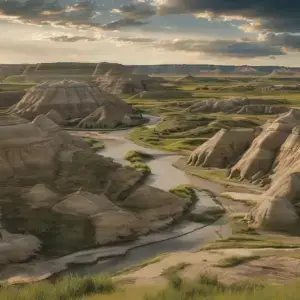Apatosaurus: The Gentle Giant with a Whip Tail
AJ
Your Blog Name
Learn about Apatosaurus’ massive size, whip-like tail, and mistaken identity in this fun fact fest.
Apatosaurus lumbered through the Jurassic like a living freight train, a gentle giant with a tail that could crack like thunder. Known for its massive size and a famous mix-up with Brontosaurus, this sauropod ruled North America 150 million years ago. Let’s explore the quirks and wonders of this long-necked legend that’s more than just a big body.
A Colossal Frame
Size That Stuns
Apatosaurus stretched 70 to 75 feet long and weighed 20 to 36 tons—think three elephants stacked together. Its neck reached 20 feet, letting it browse high trees, while its bulky body anchored it to the Jurassic earth. Fossils from Colorado and Oklahoma show a beast built to impress.
Bone Strength
Those massive legs were like pillars, supporting its weight with thick, sturdy bones. Unlike lighter Diplodocus, Apatosaurus was a tank, trudging through forests with unshakable calm.
The Whip Tail Trick
A Crack in the Air
Its 30-foot tail ended in a thin, whip-like tip, and boy, could it snap! Studies suggest it moved at 700 miles per hour—faster than sound—making a boom to rival a firecracker. Predators like Allosaurus might’ve thought twice before tangling with that lash.
More Than Defense
Beyond scaring foes, the tail could’ve been a signal—cracking to call the herd or warn of danger. It was a Swiss Army knife of a tail, blending power with purpose.
Brontosaurus Blunder
A Name Mix-Up
Here’s a classic: Apatosaurus was once called Brontosaurus. In 1879, Othniel Marsh named “Brontosaurus” from a mismatched skeleton—Apatosaurus bones with a wrong head. By 1903, science corrected it, but “Brontosaurus” stuck in pop culture, a dino identity crisis!
Back in the Game
In 2015, some argued Brontosaurus might be distinct after all, splitting hairs over bone shapes. Most still say Apatosaurus rules, but the debate keeps its name alive.
Eating on Autopilot
Teeth Like Pegs
Apatosaurus had chisel-like teeth up front, stripping leaves from conifers and ferns. It didn’t chew—just gulped, letting its gut do the work. With a neck that swept like a crane, it grazed vast swaths without moving much.
Stomach Stones
Gastroliths—swallowed rocks—ground up tough plants in its belly. Fossils show these stones worn smooth, a clever trick to digest without molars, shared with its sauropod kin.
A Jurassic Titan’s Tale
Fossil Finds
First dug up in 1877, Apatosaurus skeletons fill museums like the American Museum of Natural History. Its bones tell of a peaceful life, munching through Morrison Formation forests alongside Stegosaurus and Diplodocus.
Bird Connections
Hollow neck bones link it to birds, though it’s no direct ancestor. Its slow, steady vibe echoes in modern giants like elephants—proof of nature’s love for big, calm survivors.
Apatosaurus was a gentle giant with a whip-smart tail and a name that tripped over itself. From Jurassic plains to museum halls, it’s a dino that keeps us guessing—and grinning—at its massive charm.

